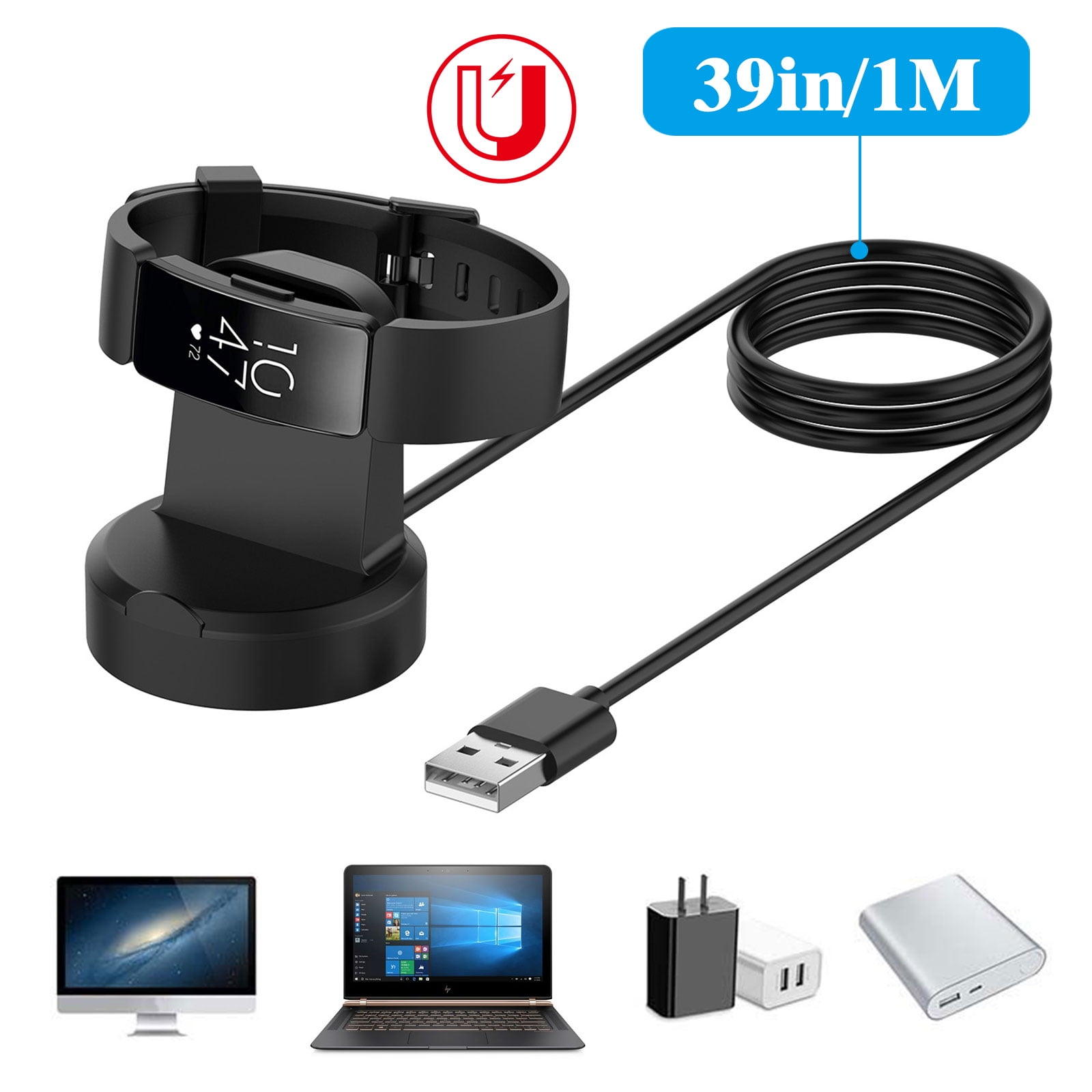
I know I mentioned sleep tracking as it relates to skin temperature variability, but there are other elements to Fitbit sleep tracking I happen to really enjoy. I found it’s practical to reach the threshold with four workouts a week, but it’s important to know it’s just a recommendation. Your mission is to earn the AHA’s and WHO’s recommended 150 Active Zone Minutes each week.

Fitbit’s Active Zone Minutes feature encourages you to spend time in the fat burn, cardio or peak heart-rate zones while exercising. It supports over 40 workout types total, with a range of indoor and outdoor sports. The Fitbit Sense 2 also does the basics like Fitbit's entry-level device, the Fitbit Inspire 3 - step counting, heart rate monitoring and activity tracking based on workout presets.

The Fitbit Charge 5 is the only other current-gen Fitbit device with both EDA and ECG, though it does generally function more like a traditional activity band than a smartwatch. With the ECG app and irregular heart rhythm notifications, the Sense is able to spot possible signs of atrial fibrillation. Fitbit Sense 2 review: Health and fitness trackingīesides the cEDA sensor, ECG is the Fitbit Sense’s other premium health tool. I compared my overnight temperature variabilities on the Fitbit Sense 2 to the Apple Watch Series 8 and Oura Ring Gen 3 and found the readings were within 0.1 degrees once I established my baseline.

If your skin temperature varies greatly from your baseline overnight, it could mean something is going on with your health. On the Sense 2, the skin-temperature readings inform both cEDA data and sleep tracking. Yes, the Sense 2 has skin temperature readings, which is not new for Fitbit but more relevant this year as other major smartwatch brands are adding skin temperature sensors of their own. In the Sense 2, cEDA is driven by three key data indicators: heart rate, heart rate variability (HRV), and skin temperature.


 0 kommentar(er)
0 kommentar(er)
